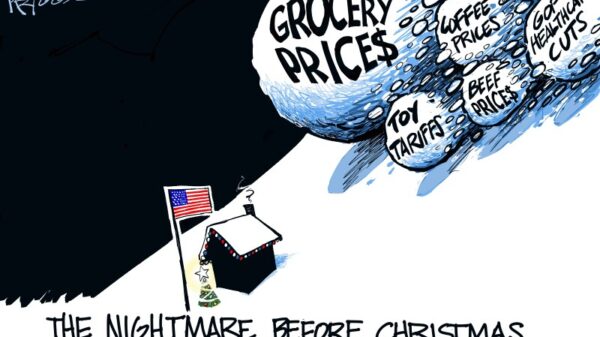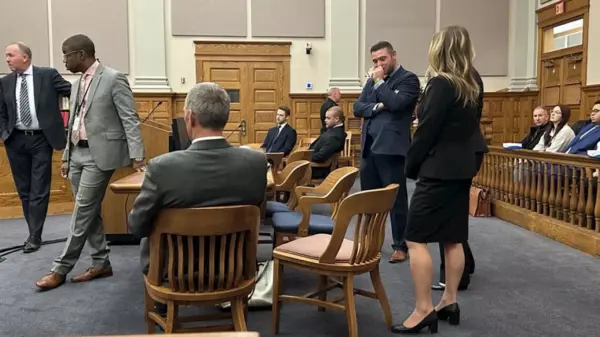A recent ruling from a federal appeals court has cast further doubt on the implementation of New York State’s legal cannabis market. The court determined that the state’s approach to prioritizing cannabis businesses owned by individuals impacted by prior criminalization was unconstitutional. This decision, announced on October 24, 2023, underscores significant flaws in the rollout of the recreational cannabis industry in New York.
The panel ruled 2-1 that the state’s preference for in-state business owners discriminated against out-of-state residents who faced similar challenges, violating the Constitution’s dormant Commerce Clause. This ruling raises serious questions about the foundation upon which New York’s cannabis market was established.
The ruling comes shortly after the New York State Office of Cannabis Management announced a change in its methodology for measuring the distance from cannabis shops to schools and places of worship. Under the new criteria, shops cannot be located within 500 feet of these institutions. This unexpected shift jeopardizes over 150 confirmed retailers, including those already operating and others ready to launch after extensive preparations.
The series of missteps in New York’s cannabis rollout has become almost farcical. Business owners, who were promised support, have faced numerous obstacles, including slow bureaucratic processes, challenging loan terms, and the emergence of illegal shops. These factors have hindered their ability to thrive in a market that was intended to support them.
While recent legislation aims to address the issue of illegal cannabis shops, the broader challenges remain. The federal court’s decision regarding the prioritization of local businesses has created an environment of uncertainty. It highlights the need for the New York State Legislature to act promptly to rectify the distance measurement issue to prevent further business closures.
The irony is palpable: the well-intentioned legislation designed to protect local business owners has led to a situation where larger out-of-state firms are emerging as the primary beneficiaries of the market. As the industry grapples with regulatory uncertainty, the focus must shift to stabilizing the environment for existing businesses.
Looking ahead, the state Legislature must prioritize solutions that can provide clarity and support to businesses impacted by these developments. This includes addressing the distance measuring issue and ensuring a fair competitive landscape. The overarching goal should be to foster a thriving cannabis industry that aligns with the original intent of the legislation.
As New York attempts to navigate this complex situation, it underscores the challenges of establishing a new market in a rapidly evolving legal landscape. The state must take decisive action to restore confidence and provide a pathway for all businesses to succeed, regardless of their geographic origin.






































































